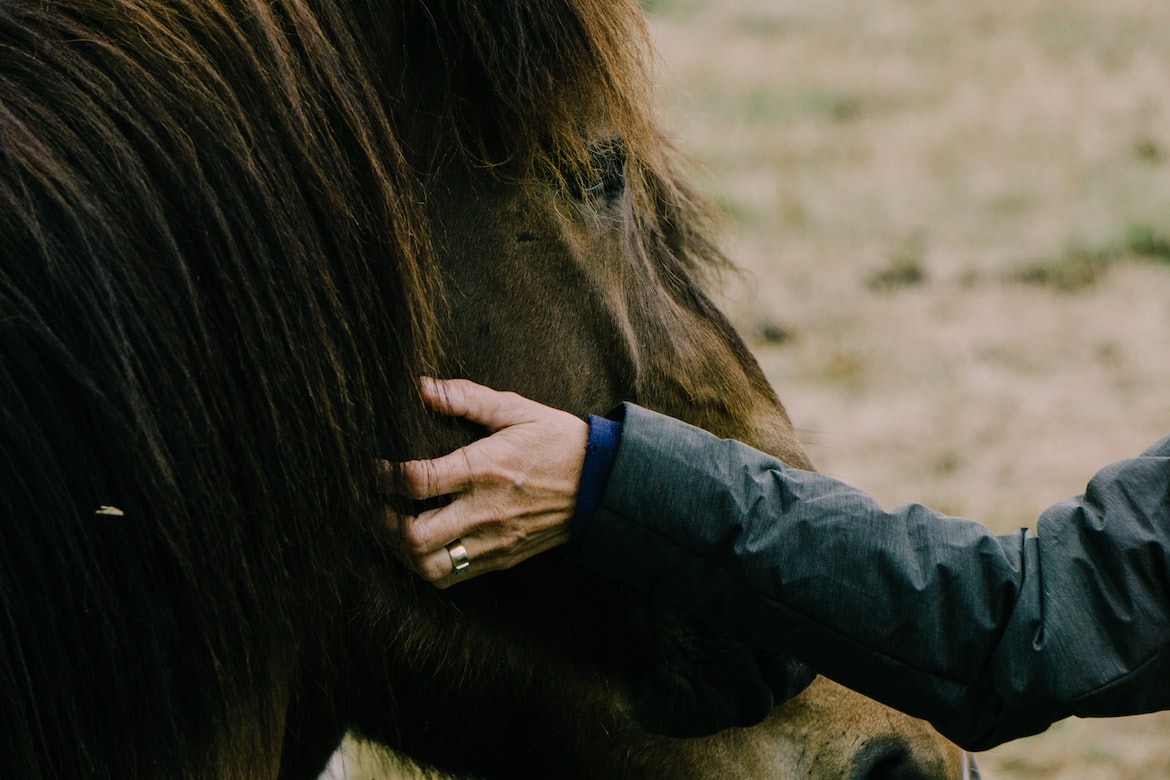Perhaps you want to learn to ride a horse, or some new neighbors have come in with horses, or you’re preparing for the breeders cup odds. In any case, knowing how to approach and pet a horse before doing so safely is always a good idea.
Horses will convey if they want to be caressed and provide cues to their comfort level and temperament if you understand what to look for. It is critical to have a fundamental understanding of interpreting these cues before interacting with a horse.
Table of Contents
Body Language
Your understanding of horses will improve if you learn primary horse body language. Starting with the ears is a great place to start. If the horse’s head is directed toward you, it engages with you and pays close attention to you.
They feel more at ease if their ears move slightly to the side. If their ears are pulled back flat against their neck, it strongly indicates they do not want to be approached. Pet a strange horse only if its ears are perked towards you.
Another indication that a horse does not want to be bothered is if it moves its hindquarters toward the stall door rather than facing you.
Ask for Permission
Not all horses, like dogs, desire to be petted. Some are more responsive than others. This makes it critical to always seek the owner’s permission before petting a horse you don’t know.
Additionally, the owner will be more attentive to the indications and mannerisms of each horse. It is also crucial to never feed the animal without the owner’s permission. Many foods are indigestible to horses, and some horses, like humans, have particular dietary limitations. Always choose the path of caution and check with the owner first if you can feed a horse.
Be Aware of Your Space
Remember that horses can weigh a tremendous amount and might not always regard your space. Having your foot stamped on is unpleasant, especially if you are not wearing the appropriate footwear.
The majority of horse owners attempt to train their animals to respect limits. As a result, the horse becomes aware of and appreciates human space.
On the other hand, some horses may try to put new individuals through their paces to determine what they can get away with. If you are not yet at ease among horses, keep a fence or stall door between you and them. This will prevent them from accidentally stepping on you and keep them out of your personal space.
Do not stroke a horse’s nose. In this location, the bulk of horses are not kept as pets!
Use Your Voice
You never want to sneak up on a horse, so constantly speak to them as you approach and maneuver around them. It is better to keep your voice mild or at a regular pitch, as abrupt loud noises might also frighten them. Speaking to them as you go around will inform them of your whereabouts.
Horses have a blind area directly ahead of them and now behind them. Therefore, using your voice to let them understand where you are will prevent them from being startled when you suddenly reappear in their line of sight.
It’s recommended to avoid moving behind horses if you’re new to caressing them—pet the horse instead by standing near its shoulder.
Start at the Neck
Contrary to popular belief, most horses loathe having their faces touched, especially by strangers.
It is ideal to begin petting a horse’s neck while standing to the side. You can also attempt to scratch the horse. Most horses prefer to be marked in a few places, usually around the top of their neck where their mane begins, under their jaw, chest, and withers.
Offer Your Hand
Again, like dogs, extending your hand for the horse to sniff before petting it is recommended. If they aren’t keen to check out, they might not want to be handled. In this scenario, it is preferable to consult with the owner, as they will be the most familiar with their horse’s habits.
If the horse reaches out to smell your hand and doesn’t seem scared, they’re probably fine with being handled right now. Keep your fingers together tightly when offering your hand because individual fingers resemble carrots.
Moving Around the Horse
You can start moving about the horse once you’ve become used to it. It is critical to have one hand on the horse, mainly when walking behind them, so they know where you are. This, together with communicating with the horse, will ensure that they are mindful of your movements and protect you from threats.
Assume you need to travel behind the horse, but neither you nor the horse is comfortable with you doing so while keeping in touch with them. It would be best to give them a vast distance as you go toward them and keep conversing in that situation. Keep your distance so the horse can’t kick you.
Conclusion
The majority of horses are very sociable and enjoy being petted. However, learning how to interact with them appropriately is still necessary, as they can be unexpected.
As you grow familiar with the horse and both of you become more at ease with one another, you will be able to interpret their body language and clues on your own.
